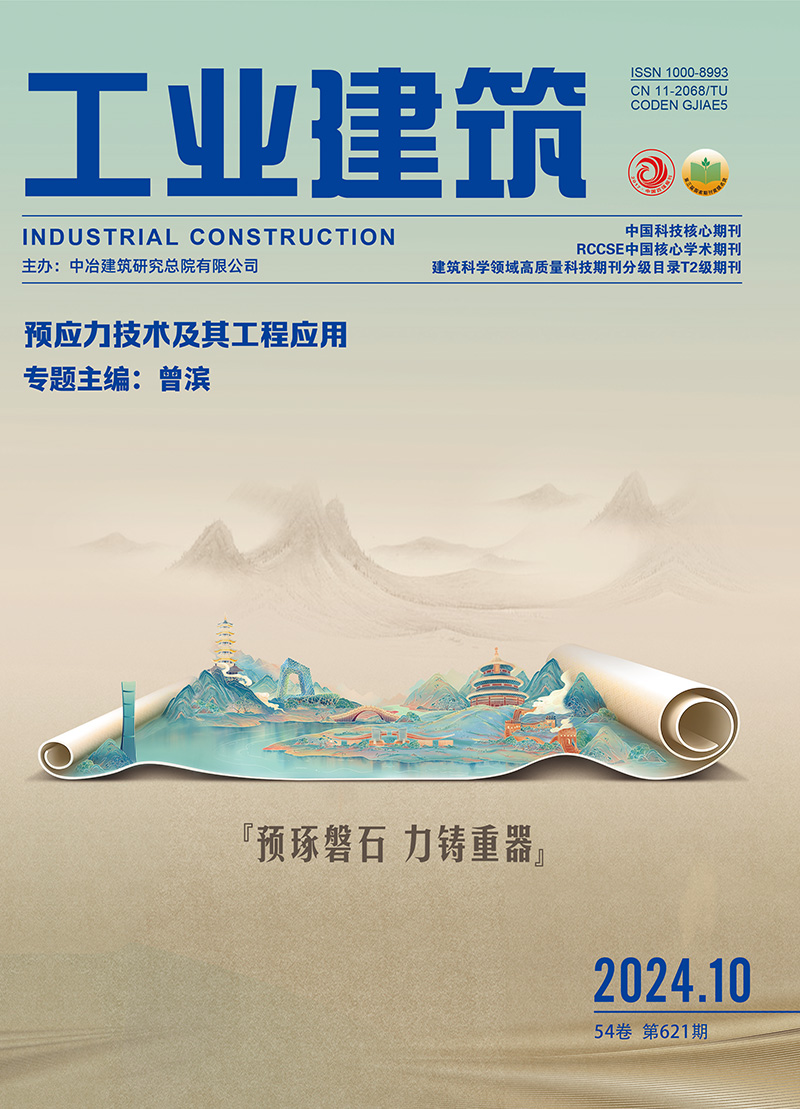| [1] |
马嘉忆, 董增川, 蒋飞卿, 等. 城镇化背景下太湖流域极端降雨时空演变特征 [J]. 水电能源科学, 2022, 40(3): 1-4
,21.
|
| [2] |
王彬. 极端降雨敲响气候变化警钟 [J]. 科学新闻, 2021, 23(4): 47-49.
|
| [3] |
韩会庆, 李建鸿, 张娇艳, 等. 贵州省生态系统服务对极端降雨的时空响应 [J]. 石河子大学学报(自然科学版), 2021, 39(2): 204-211.
|
| [4] |
谢军, 汪明, 刘凯. 震后极端降雨下流域产沙及物质运移规律模拟:以四川省洪溪河流域为例 [J]. 水土保持研究, 2019, 26(1): 1-7.
|
| [5] |
徐天乐, 朱教君, 于立忠, 等. 极端降雨对辽东山区次生林土壤侵蚀与树木倒伏的影响 [J]. 生态学杂志, 2011, 30(8): 1712-1719.
|
| [6] |
李滨, 冯振, 赵瑞欣, 等. 三峡地区"14·9"极端暴雨型滑坡泥石流成灾机理分析 [J]. 水文地质工程地质, 2016, 43(4): 118-127.
|
| [7] |
韩方, 陈兴长, 孙聿卿, 等. 川藏公路北线泥石流特征及防治措施研究 [J]. 人民长江, 2022, 53(7): 1-8.
|
| [8] |
杨宗佶, 付校龙, 游勇. 气候变化条件下降雨-融水型泥石流流量预测方法 [J]. 人民长江, 2021, 52(12): 34-39.
|
| [9] |
曹永强, 张若凝, 范帅邦. 辽宁省降雨型泥石流环境特征及分类预警 [J]. 华北水利水电大学学报(自然科学版), 2022, 43(2): 1-9.
|
| [10] |
马超, 胡凯衡, 赵晋恒, 等. 震后泥石流的激发雨量特征:以汶川地震和集集地震后泥石流为例 [J]. 灾害学, 2013, 28(4): 89-94.
|
| [11] |
LIU C N, HUANG H F, JIA J D. Impacts of September 21, 1999 Chi-Chi earthquake on the characteristics of gully-type debris flows in central Taiwan [J]. Natural Hazards, 2008, 47(3): 349-368.
|
| [12] |
黄蓓. 逆冲型地震强地面运动特性的研究:以1999年台湾集集地震和2008年汶川地震为例 [J]. 国际地震动态, 2015, 440(8): 47-48.
|
| [13] |
丰强, 唐川, 陈明, 等. 汶川震区绵虒镇"8·20"登溪沟泥石流灾害调查与分析 [J]. 防灾减灾工程学报, 2022, 42(1): 51-59.
|
| [14] |
尹云鹤, 韩项, 邓浩宇, 等. 中国西南地区地震-滑坡-泥石流灾害链风险防范措施框架研究 [J]. 灾害学, 2021, 36(3): 77-84.
|
| [15] |
CHEN J C, HUANG W S, JAN C D, et al. Recent changes in the number of rainfall events related to debris-flow occurrence in the Chenyulan Stream Watershed, Taiwan [J]. Natural Hazards and Earth System Sciences, 2012, 12(5): 1539-1549.
|
| [16] |
CHEN J C, JAN C D, HUANG W S. Characteristics of rainfall triggering of debris flows in the Chenyulan watershed, Taiwan [J]. Natural Hazards and Earth System Sciences, 2013, 13(4): 1015-1023.
|
| [17] |
LASSE M. Plotting positions in extreme value analysis [J]. Journal of Applied Meteorology and Climatology, 2006, 45(2): 334-340.
|
| [18] |
崔鹏, 庄建琦, 陈兴长, 等. 汶川地震区震后泥石流活动特征与防治对策 [J]. 四川大学学报(工程科学版), 2010, 42(5): 10-19.
|
| [19] |
HU W, SCARINGI G, XU Q, et al. Internal erosion controls failure and runout of loose granular deposits: evidence from flume tests and implications for post-seismic slope healing[J]. Geophysical Research Letters, 2018, 45 (11):5518-5527.
|
| [20] |
MARC O, HOVIUS N, MEUNIER P, et al. Transient changes of landslide rates after earthquakes [J]. Geology, 2015, 43: 883-886.
|
| [21] |
史培军, 杨文涛. 山区孕灾环境下地震和极端天气气候对地质灾害的影响 [J]. 气候变化研究进展, 2020, 16 (4): 405-414.
|
| [22] |
李长江, 麻土华, 朱兴盛. 降雨型滑坡预报的理论、方法及应用[M].北京: 地质出版社, 2008.
|
| [23] |
陈顒,史培军.自然灾害[M]. 北京: 北京师范大学出版社, 2008.
|
| [24] |
胡凯衡, 陈成, 李秀珍, 等. 地震区降雨作用下泥石流易发性动态评估[J].中国地质灾害与防治学报,2018,29(2):1-8.
|
| [25] |
王萌, 姜元俊, 黄栋, 等. 基于小流域的地震扰动区降雨型滑坡泥石流危险性评价方法[J].吉林大学学报(地球科学版),2015,45(6):1781-1788.
|


 Login
Login Register
Register E-alert
E-alert







 DownLoad:
DownLoad: